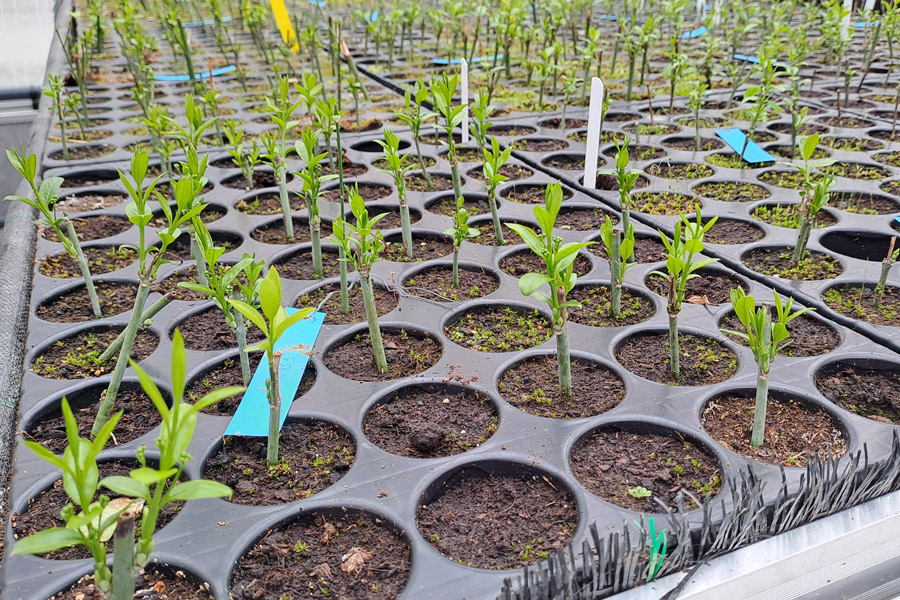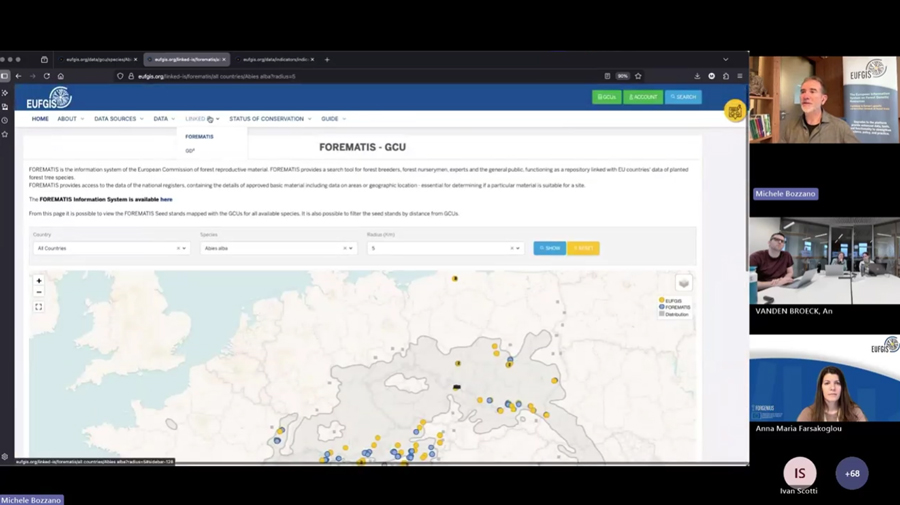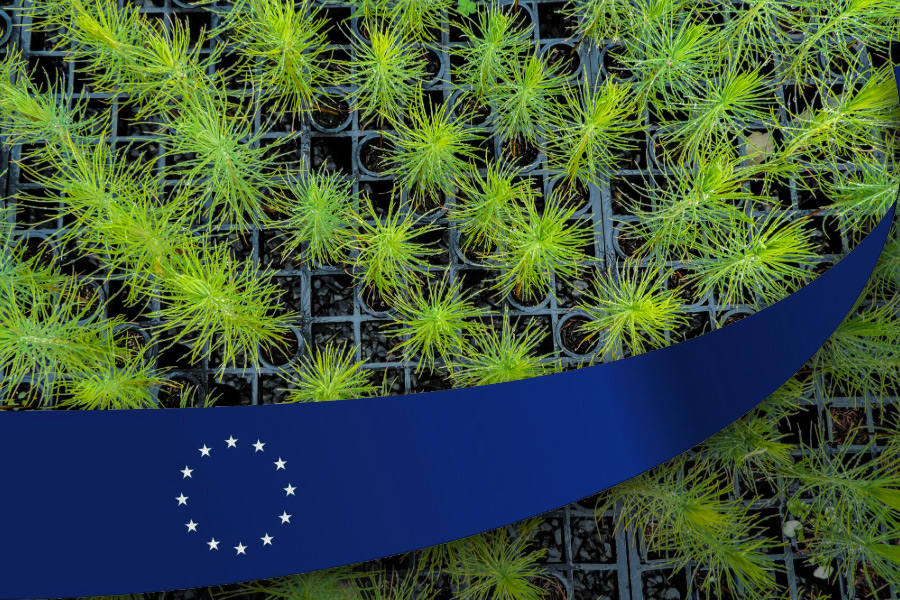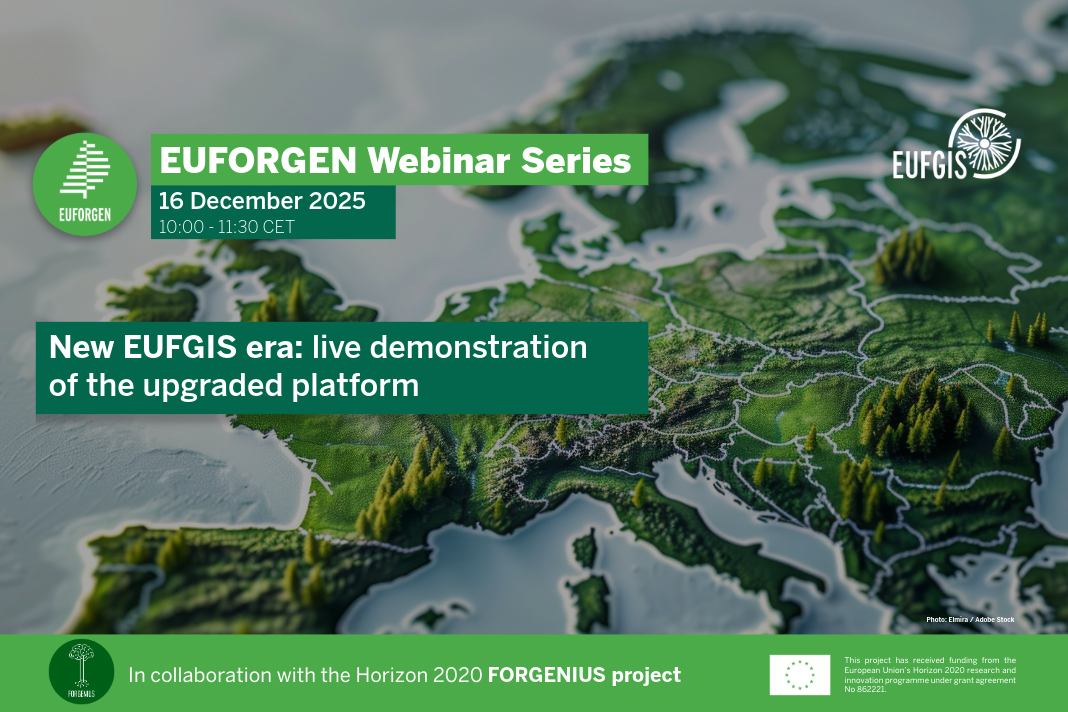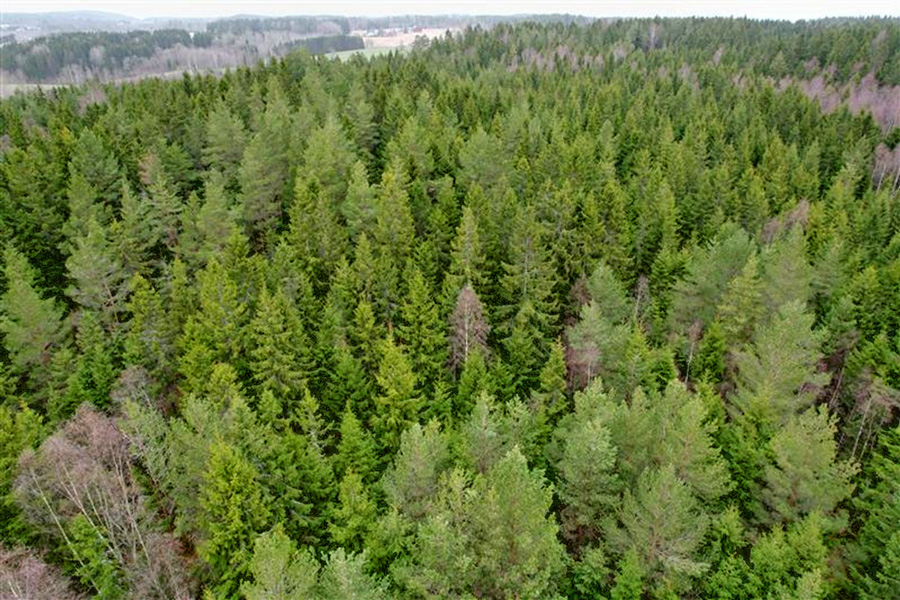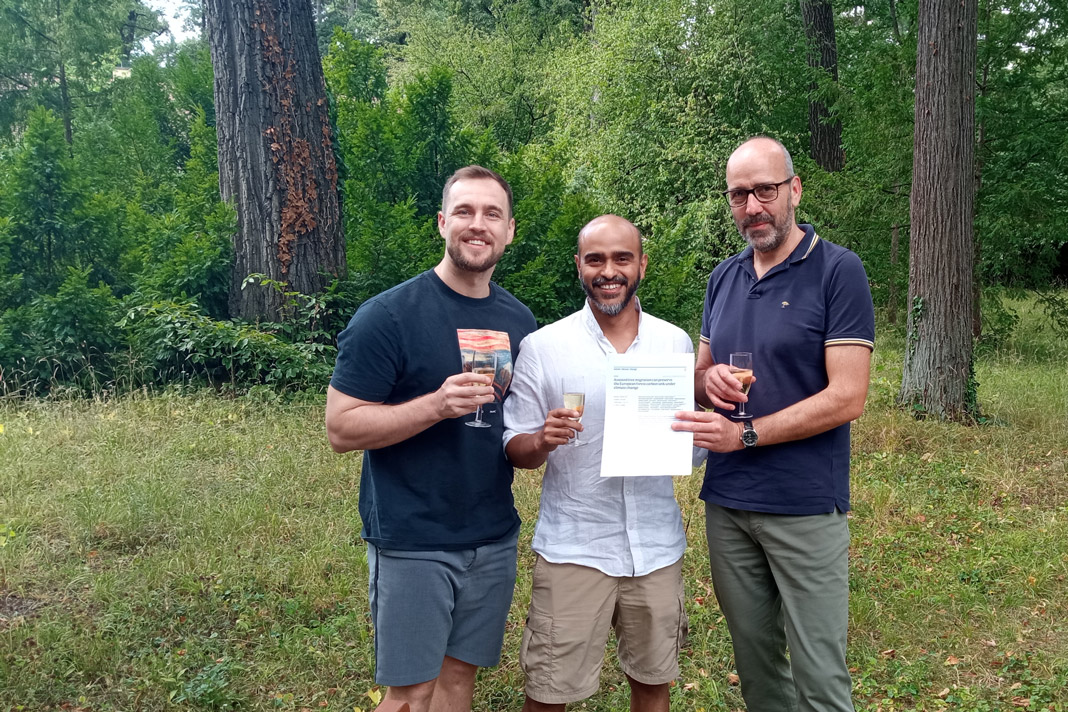Partnering with the private sector to expand climate-resilient seed sources
To meet the growing demand for climate-resilient native trees, Flanders is expanding seed sources and orchards in partnership with private nurseries, ensuring a sustainable supply of high-quality planting material.
The Flemish government aims to create 10,000 hectares of new climate-resilient forests by 2030. To ensure sufficient high-quality planting material, there is an increasing demand for climate-resilient trees, including native species. Autochthonous or regionally adapted plants are already suited to local conditions and can be an important source of resilient planting material. However, since demand for certain Flemish provenances is high, supply does not always keep pace. To address this challenge, the Research Institute for Nature and Forest (INBO) and the Agency for Nature and Forest (ANB) have worked together on a project to find solutions for this shortage.
This challenge was tackled in various ways. One important strategy to increase future supply was to establish new seed sources and seed orchards, in collaboration with the private sector. Source trees were selected for nine different species: bird cherry (Prunus padus), bloody dogwood (Cornus sanguinea), blackthorn (Prunus spinosa), alder buckthorn (Frangula alnus), European aspen (Populus tremula), field maple (Acer campestre), European spindle (Euonymus europaeus), small-leaved lime (Tilia cordata) and broad-leaved lime (Tilia platyphyllos) from existing orchards.
The selected trees were labelled and, in some cases, genotyped with microsatellite markers (https://doi.org/10.21436/inbor.112683206), so the material can be traced back to its origin. To duplicate the selected material, various methods were tested including root, softwood and hardwood cuttings, and grafting. The success of each method varied depending on the species. The propagated material was then handed over to private nurseries, which will plant and maintain the trees, harvest the seeds and produce planting material for the open market. This collaboration helps increase the availability of planting material while requiring fewer public resources.
For more information, including the success rates of each propagation method and species, you can read the full project report (in Dutch) here: https://doi.org/10.21436/inbor.116158845.
This article was originally written by Hannes Wilms (Research Institute for Nature and Forest - INBO, Belgium).
